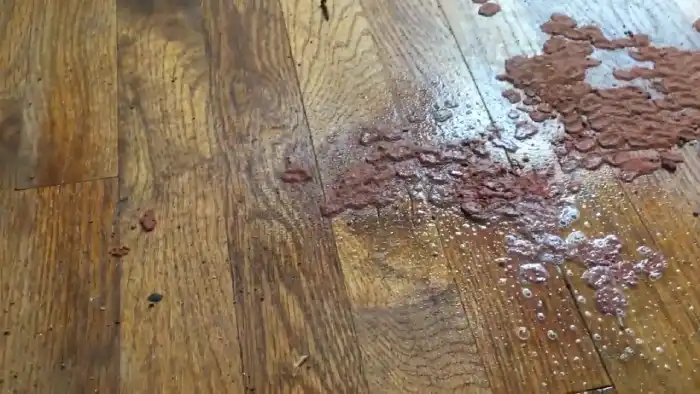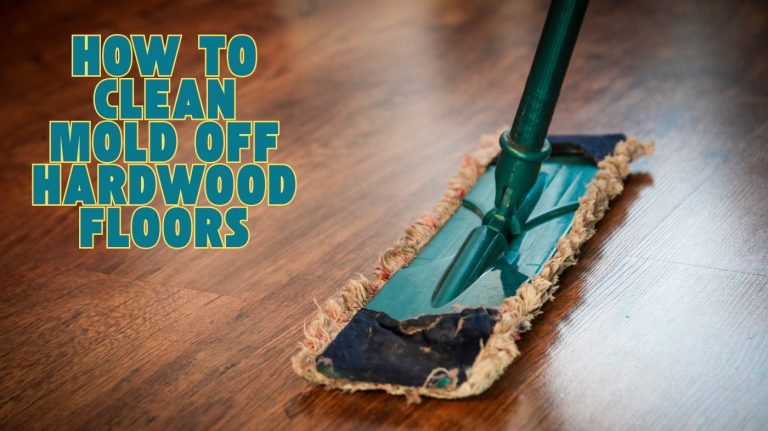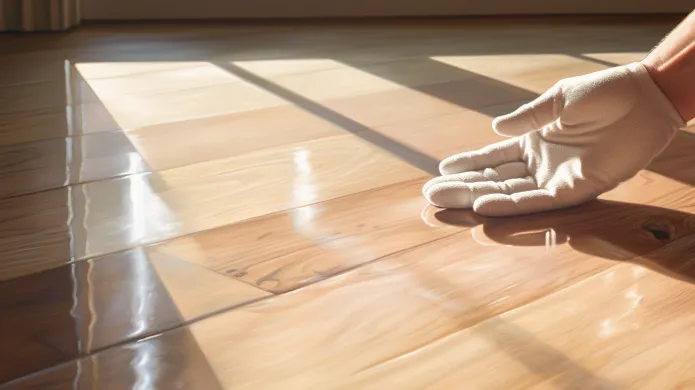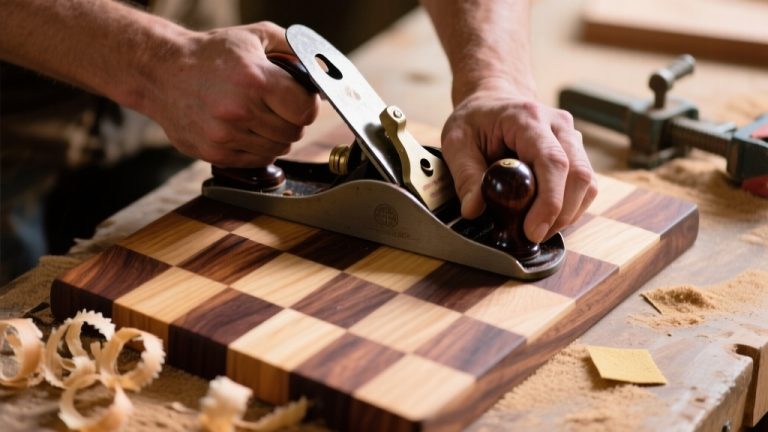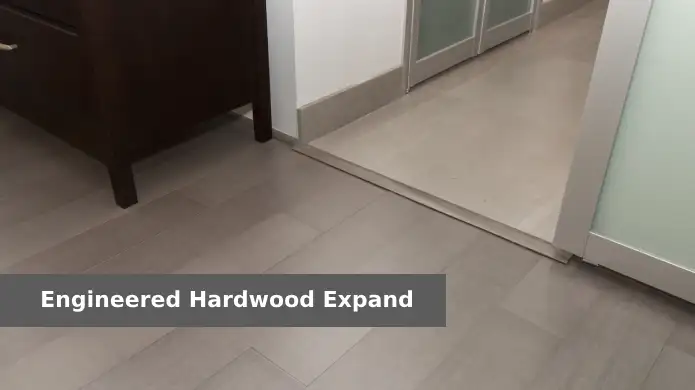How to Remove Carpet Pad Stains From Hardwood Floors: The Complete Guide [DIY]
You’ve finally removed those old, dingy carpets to replace them. As proud as you are of your home renovation project, you notice stains on your new floors caused by your carpet pad. But don’t worry, with a little know-how, you can remove those pesky stains and have your hardwood floors again appear new.
To remove carpet pad stains from hardwood floors, determine the condition of the hardwood floor finish. Next, choose the appropriate cleaning agent, and prepare the cleaning solution. Once you have everything ready, scrape off any loose residue from the hardwood floor, and apply the cleaning solution to the affected area
Today, we will provide a step-by-step guide on removing carpet pad stains from hardwood floors. We’ll also cover what causes rug pads to stain hardwood floors. So, let’s get started and get those stains out of your beautiful hardwood floors.
How to Remove Carpet Pad Stains From Hardwood Floors: Step-by-Step Guide
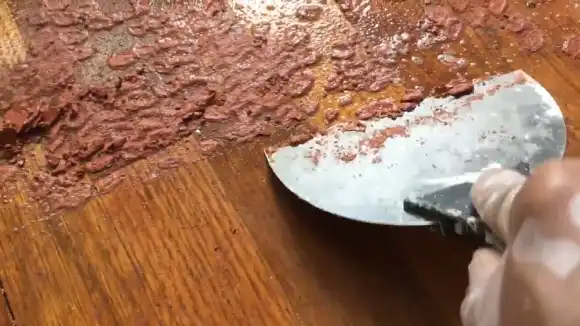
If you’re dealing with carpet pad stains on your hardwood floors, you must approach the issue carefully to avoid causing any damage. Here are the steps to follow:
- STEP 1. Determine the Condition of the Hardwood Floor Finish:
- STEP 2. Choose the Appropriate Cleaning Agent:
- STEP 3. Preparing the Cleaning Solution:
- STEP 4. Scrape off Loose Residue from Hardwood Floor:
- STEP 5. Apply the Cleaning Solution to the Hardwood Floor:
- STEP 6. Clean the Stained Area from Hardwood Floor:
- STEP 7. Rinse and Dry the Hardwood Floor:
STEP 1. Determine the Condition of the Hardwood Floor Finish:
Check the condition of your hardwood floor finish before attempting to remove carpet pad stains, as it can impact the effectiveness of your cleaning efforts and potentially cause further damage.
Here’s how to determine the condition of your hardwood floor finish:
- Determine the type of finish on the hardwood floor. Different types of finishes require different cleaning methods. A polyurethane finish is more durable and can withstand more aggressive cleaning techniques, while a wax finish requires gentler cleaning methods.
- Perform a water drop test to assess the finish’s vulnerability. Drip a small amount of water onto the hardwood floor. If the water beads up, the finish is in good condition and can withstand more aggressive cleaning techniques. If the water soaks into the wood, the finish is weak and requires gentler cleaning.
- Identify weakly-finished or untreated floors. Look for areas where the finish is worn or has been stripped away. These areas are more vulnerable to damage and require gentler cleaning methods.
STEP 2. Choose the Appropriate Cleaning Agent:
To effectively clean your floors, you’ll need to choose the appropriate cleaning agent based on the type of finish they have. If your floors have a weak finish, such as waxed or oiled, mineral spirits are the best option.
This cleaning agent is gentle enough to remove dirt and stains without damaging the finish. Simply apply a small amount of mineral spirits to a soft cloth and gently rub the stain until it lifts.
For untreated floors, denatured alcohol is the best cleaning agent. This is because it evaporates quickly and won’t leave any residue behind. To use denatured alcohol, apply a small amount to a soft cloth and gently rub the stain until it lifts. Avoid using too much alcohol, as this can damage the wood.
For floors with strong finishes, such as polyurethane-coated, distilled white vinegar is the best option. Mix equal parts vinegar and water in an aerosol bottle and spray the solution onto the stain.
STEP 3. Preparing the Cleaning Solution:
Get ready to make your floors shine by preparing a cleaning solution using the appropriate cleaning agent for your type of finish. Here’s how to prepare the cleaning solution:
- For mineral spirits or denatured alcohol: Pour a small amount of the solvent into a container or dip a cloth in it. Make sure the area is well-ventilated before using these solvents.
- For distilled white vinegar: Mix equal parts vinegar and warm water in the spray bottle. Shake well before using.
Once you’ve chosen the appropriate cleaning agent and prepared the solution, you can tackle those carpet pad stains on your hardwood floors. Remember to test the solution in an inconspicuous area first and then apply it to the stain with a soft cloth or sponge, working in a circular motion.
STEP 4. Scrape off Loose Residue from Hardwood Floor:
Start by grabbing a plastic putty knife and gently scraping any loose debris from the surface of your beautiful wooden floor, remembering that “a little elbow grease goes a long way” in achieving a clean and polished surface.
Use the putty knife to gently scrape off any remnants of the carpet padding, being careful not to scratch the hardwood floor. To better visualize the steps, refer to the table below. It outlines the materials needed for this step, as well as the proper procedures to follow.
| Materials Needed | Procedures |
| Plastic putty knife | Gently scrape off any loose residue from the hardwood floor. |
| Microfiber cloth | Use the cloth to wipe off any debris that has been removed with the putty knife. |
| Broom or vacuum | Sweep or vacuum the area to remove any remaining debris. |
STEP 5. Apply the Cleaning Solution to the Hardwood Floor:
Once you’ve scraped off any loose debris from the surface, it’s time to apply the cleaning solution to your beautiful wooden floor. Depending on the type of stain and cleaning agent you’re using, the application process will differ slightly.
If you’re using mineral spirits or denatured alcohol, dip a clean microfiber cloth or towel into the solvent and wring out any excess. Then, gently rub the affected area with the cloth until the stain lifts.
Be sure to work in small sections, and avoid applying too much pressure, as this can damage the wood. Mix equal parts vinegar and water in a spray bottle if you’re using distilled white vinegar.
Spray the mixture generously onto the stained area, and then leave it for several minutes. Then, gently blot the area until the stain is removed with a clean, damp microfiber cloth.
Again, work in small sections, and avoid applying too much pressure. Once you’ve finished cleaning the entire affected area, use a clean, dry cloth to wipe away any excess moisture.
STEP 6. Clean the Stained Area from Hardwood Floor:
After applying the cleaning solution, it’s time to clean the stained area from your hardwood floor. Begin gently rubbing the affected area with a cloth or towel soaked in the solution. Use circular motions and apply light pressure to lift the carpet pad stain from the hardwood floor.
Be careful not to apply too much pressure as this can damage the hardwood floor. Instead, take your time and slowly work on the stain until it is no longer visible or significantly reduced.
Cleaning a carpet pad stain from a hardwood floor can be a frustrating experience. However, following the steps outlined in the background information, you can achieve a clean and stain-free floor.
As you work on the stain, remember that patience is key. It may take several attempts to completely remove the stain, but the result will be worth it.
STEP 7. Rinse and Dry the Hardwood Floor:
Now that you’ve cleaned the stained area, it’s time to rinse and dry the hardwood floor like a thirsty plant after heavy rain.
First, use a clean microfiber cloth or towel dampened with clean water to wipe the area where you applied the cleaning solution. This will help remove any residual cleaning solution that may have been left behind.
Be sure to wring out the cloth or towel well to avoid saturating the wood with excess water, which can cause damage.
Next, spray clean water onto the floor and dry it with a separate microfiber cloth or towel. Be careful not to apply too much water, as it can seep into the seams and cause the wood to warp or buckle.
Use a dry cloth or towel to gently blot any excess moisture until the surface is completely dry. Once the area is dry, you can continue with any necessary refinishing or sealing to restore the beauty and luster of your hardwood floors.
What Causes Rug Pads to Leave Stains on Hardwood Floors?
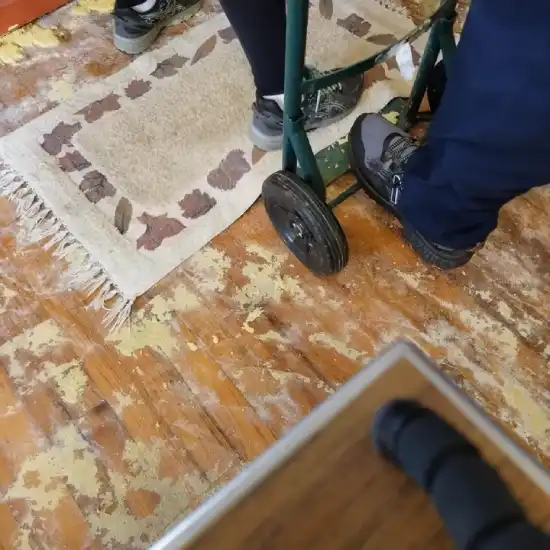
The toxic chemicals in rug pads react with hardwood floor finishes, leaving behind unsightly stains that can be frustrating to remove. These stains are often caused by the off-gassing of the chemicals in the rug pad, which then react with the finish on the hardwood floors.
This can result in a dull, discolored patch on the floor that can be difficult to remove without the right tools and products.
How do you remove old rug pad residue?
To remove rug pad residue, simply spray a generous amount of WD-40 and let it sit for a few minutes to break down the sticky mess. As the saying goes, sometimes the easiest solution is the most effective.
The WD-40 will work to loosen the adhesive properties of the rug pad residue, making it easier to clean up. After letting the WD-40 sit for a few minutes, use a microfiber towel to wipe away the residue.
This may require a bit of elbow grease, but with persistence, the residue should come up easily. If there are any stubborn spots, spray a bit more WD-40 and let it sit for a few more minutes before wiping away.
How do you remove stubborn rug pad stains from hardwood floors?
Don’t let stubborn rug pad residue ruin the beauty of your hardwood flooring. Banish those pesky marks with a simple baking soda and vinegar mixture. While this method is effective for most stains, certain stains require a bit more effort to remove.
Here’s a step-by-step guide on how to remove stubborn rug pad stains from hardwood floors:
- First, scrape off any excess residue using a plastic scraper or putty knife.
- Then, mix equal parts of baking soda and vinegar to create a paste.
- Apply the paste to the stain and let it sit for at least 30 minutes.
- Next, use a rag or sponge to rub at the stain until it starts to fade. If the stain is particularly stubborn, use a soft-bristled brush to scrub the area gently.
- Finally, wipe the residue off with a wet cloth and dry the area thoroughly.
For particularly stubborn stains, you may need to repeat this process a few times. Note that certain types of hardwood flooring may be more sensitive to this method, so it’s always a good idea to test the mixture on a small, inconspicuous area first.
Does hydrogen peroxide remove rug pad stains on hardwood floors?
You can try using hydrogen peroxide as a magic eraser to make your hardwood flooring shine like a shooting star but be warned, it’s not a silver bullet when removing rug pad stains.
Hydrogen peroxide is an effective cleaning agent, but it may not be enough to remove stubborn carpet pad stains on hardwood floors. However, you can still try it as a first step before moving on to other methods.
If you decide to give hydrogen peroxide a try, here are some tips to keep in mind:
- Dilute the hydrogen peroxide with water to avoid damaging the hardwood floor.
- Apply the solution to the stain and let it sit for a few minutes before wiping it off with a clean cloth.
If the stain persists, repeat the process or try another method.
How long do I let hydrogen peroxide sit on hardwood to get out the rug pad stain?
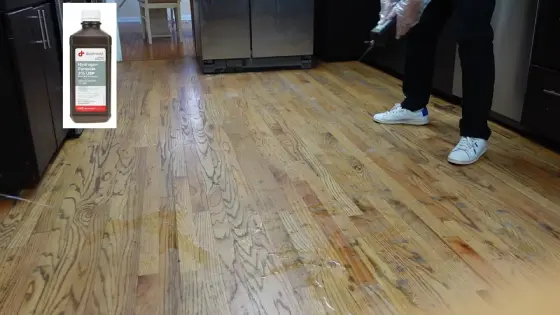
If you let the hydrogen peroxide solution sit on the rug pad stain for just a few minutes, it can work wonders on your hardwood flooring.
Hydrogen peroxide is an effective stain remover and it works by breaking down the stain molecules. However, keep the solution from sitting too long, as it can damage the hardwood flooring.
Let the solution sit for about 3-5 minutes before wiping it away with a microfiber cleaning cloth. When applying the hydrogen peroxide solution to the rug pad stain on your hardwood floor, it’s important to do so in a small area at a time.
This will allow you to monitor the solution and ensure it’s not causing any damage to your flooring. Also, using a microfiber cleaning cloth to wipe away the excess solution is important as it’s gentle on the hardwood and won’t scratch the surface.
What type of staining will hydrogen peroxide immediately remove from hardwood floors?
Now that you know how long to let hydrogen peroxide sit on hardwood to remove rug pad stains, let’s talk about the types of staining it can immediately remove.
Hydrogen peroxide is a highly effective stain remover, particularly for protein and plant-based stains. These could include blood, mildew, fruit and vegetable, and dye-transfer stains, among others.
Say Goodbye to Unsightly Stains and Hello to Pristine Hardwood Floors
You’ve removed those pesky carpet pad stains from your beautiful hardwood floors. By following this step-by-step guide, you were able to identify the cause of the stains. Remove old rug pad residue, and tackle even the most stubborn of stains with hydrogen peroxide.
But don’t stop there. Keep your hardwood floors looking their best by taking preventative measures, such as using a rug pad specifically designed for hardwood floors and regularly cleaning and maintaining them.
Remember, a little effort goes a long way in preserving the beauty and value of your home. So go ahead, take a moment to appreciate your hard work, and enjoy the beauty of your clean, stain-free hardwood floors. You deserve it!

